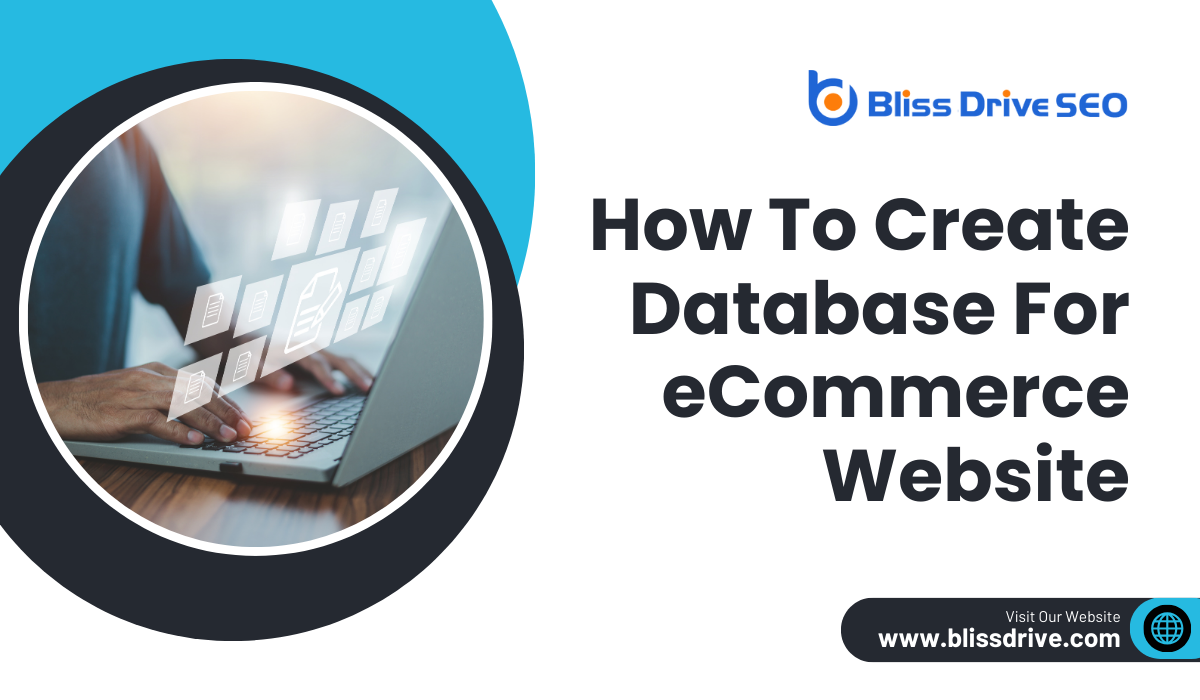Digital Marketing Services
Learn More About Us

A database digitally stores information that can be easily captured, retrieved, and distributed at a later time. It allows you to organize and track information so you can analyze data about products, sales, and customers that have been entered into it.
Your online store database is one of the foundations of your eCommerce business. It compiles all of the product information that will determine whether your communication processes, sales, and distribution are successful or not. Keep on reading to learn the basics of creating a database that will help develop, maintain, and enrich your online business.
Before you open any program, make a list of your main information blocks and the tables you'll need to organize. Then sketch out how each table will look — what columns to include, if they need to be related to other tables, what their final labels will be, and so on.
Using spreadsheets or other programs, you can easily create tables for suppliers, distributors, shipping or parcel companies, inventory, payments, customer service feedback, and so on, depending on your business needs. However, make certain that you have the following items:
After you've created the necessary tables, you'll need to organize your catalog according to:
If you decide to use spreadsheets, create a secure system for locating them and keep multiple backups. If you use automationUsing software to send emails automatically based on predefined triggers and schedules. software that streamlines database editing and management, such as a PIM, you can simply import your database and have it always available in the cloud, ready to connect to any platform you want.
Once your database is complete, it's time to figure out how to stay ahead of competitors offering similar products or services. Head over to Bliss Drive today and check out our competitive analysis services to get started on your path to eCommerce success!
